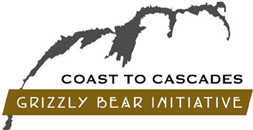Squamish-Lillooet (59 bears)
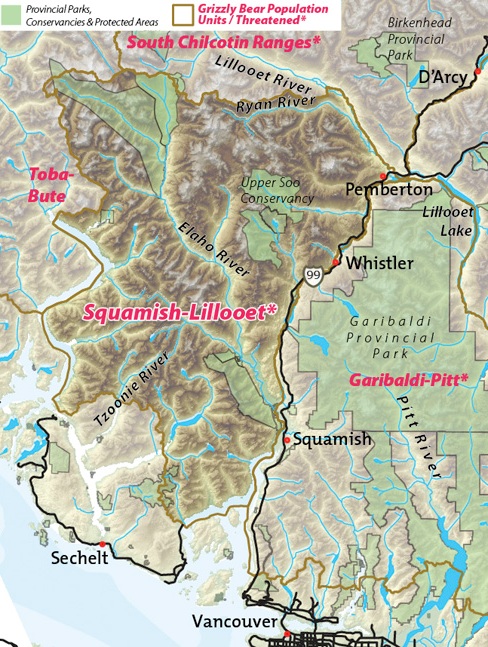

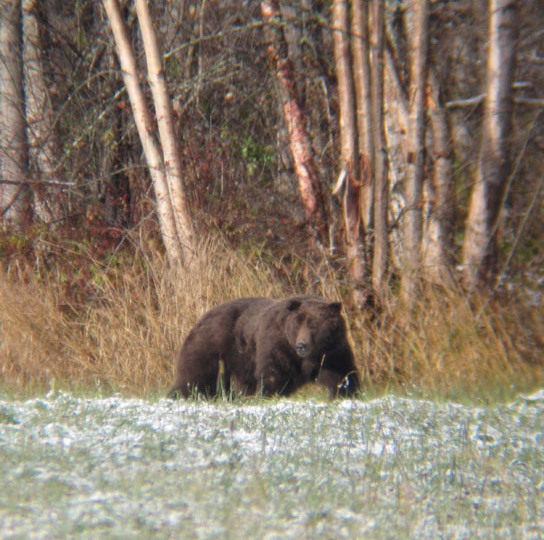
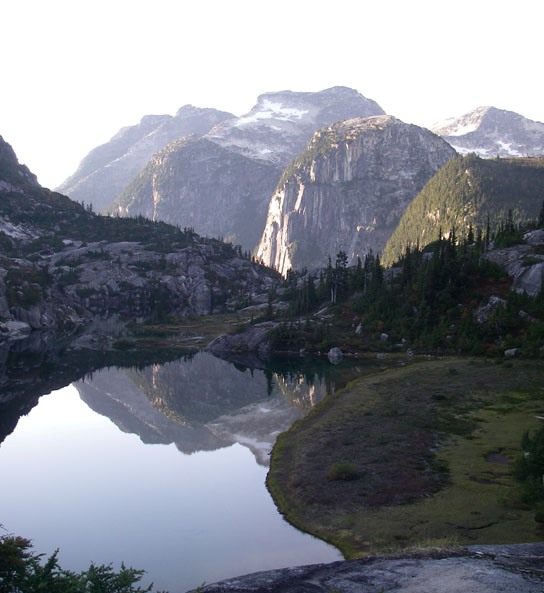
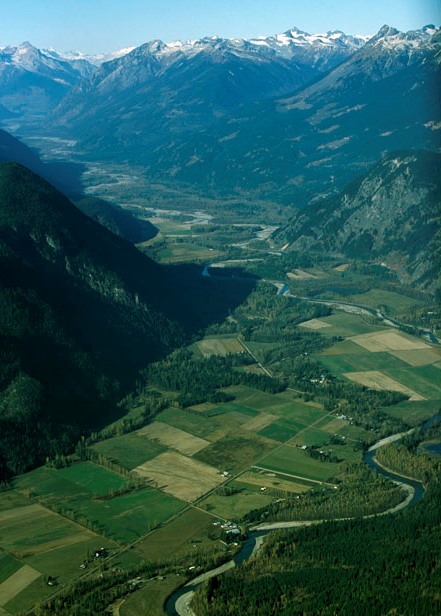
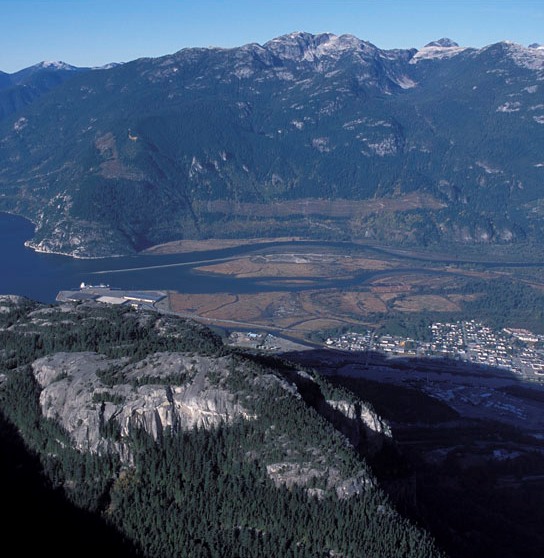
The Squamish-Lillooet grizzly bear population is bordered on the east by the Squamish and Cheakamus Rivers and the Sea-to-Sky Highway. Sitting astride the southern end of the Coast Range, the Squamish-Lillooet grizzly bears have survived primarily in the headwaters of more remote valleys where the habitat is more secure. These include the Ryan River and the undeveloped headwaters of Callaghan Creek, the Soo, Elaho, Ashlu and Tzoonie River.
Like their neighboring populations, Squamish-Lillooet’s 59 grizzly bears move with the seasons – relying on the valley bottoms for salmon in the fall, or critical plants in the spring before snow melt in lush alpine meadows and avalanche tracks.
To the west of the Squamish-Lillooet, the Toba-Bute Grizzly Bears are slowly recovering as decades of industrial activity winds down, habitat heals and vegetation and weather reclaim roads.
Toba-Bute’s bears, and those of the western South Chilcotin’s to the north, now provide source populations, including important genetic diversity for grizzly bears in the Squamish-Lillooet Population.
If the Squamish-Lillooet grizzly bear population grows it could over time help the Garibaldi-Pitt, Stein-Nahatlatch and North Cascades grizzly bears recover and thrive. Thus, ensuring good connectivity across the Highway 99 corridor between the growing communities of Squamish, Whistler and Pemberton is crucial.
Threats to Squamish-Lillooet bears include:
- Impacts to core grizzly bear habitats and linkage habitats by existing and/or potential hydro-electric projects and their associated infrastructure and road improvements (eg the Upper Lillooet, Ashlu and Ryan River valleys);
- Poaching and human conflict-related grizzly bear deaths;
- Expanding commercial and public recreation - particularly motorized recreation - into important grizzly bear habitat;
- Declines in wild salmon.
The combined effects of human development in grizzly bear habitat pose the greatest threat to grizzlies in the Coast to Cascades region. These include an excessive open backcountry roads network and other infrastructure associated with energy development, mining, forestry and recreation, some of which combine with livestock grazing or farming.
These effects harm bears in three main and often overlapping ways:
Conflicts between humans and bears increase in frequency, often resulting in grizzly bear deaths. As well, grizzly bear poaching is made easier by more and improved backcountry roads.
Bear populations become isolated from each other because roads, utility corridors and other infrastructure accumulate in major valley bottoms making it difficult for bears to move through such areas unharmed.
Habitat is lost or degraded by development and human activities which prevent bears, particularly females with cubs, from using those critical habitats. Such impacts are particularly troublesome for females whose home ranges are affected by development.
In the bigger picture, all of the threatened Coast to Cascades grizzly populations and their healthier neighbors to the north and west must be stitched together so that they intermingle and can move with the seasons to find the foods they need to survive and raise their young. Their ability to move securely will be increasingly important as climate change affects grizzly habitat and food sources.
External Links
Sea to Sky Land Resource Management Plan
Population Numbers by BC Government
